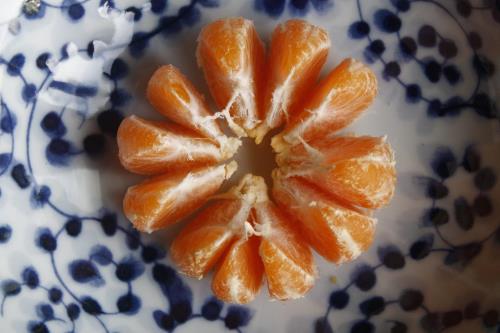Predictive Segmentation: To Lump or to Split?
- Total addressable markets (TAM) should be subdivided into useful segments
- Predictive analytics allows for the creation of useful segments by lumping and splitting TAM
- Lumping provides opportunities for achieving scale, while splitting enables precision and efficiency
One of the chief concerns of scientists in fields such as biology, anthropology and botany (to name a few) is how to categorize, or group, the flora and fauna they study. When it comes to grouping, scientists tend to fall into one of two camps: lumpers, who are primarily attuned to the similarity between organisms (e.g. animals with spines are vertebrates), and splitters, who aim to find meaningful distinctions between types of organisms (e.g. vertebrates with four limbs are tetrapods). As I’ll describe below, B2B marketers may also fall into either of these two categories, depending on their goals.

There is no right or wrong answer to which is the best approach. Take the case of the North American pitcher plant, a flower, and the prairie warbler, a bird. A florist wishing to create pretty arrangements may lump the North American pitcher plant into a broad category that includes lilies, petunias, roses, gardenias and the like, which we might call simply “pretty flowers.” That same florist might then lump the warbler into the large “things that help flowers grow” group.
In contrast, a typical housefly would do well to split the broad group of pretty flowers into more fly-relevant segments, such as “things to eat on” and “things to be eaten by” (the pitcher plant is a carnivore). Crucially, the fly might lump the warbler into this latter category as well. These perspectives might be contrasted with yet another – that of a painter, who might lump both the bird and the flower into the “things to include in a landscape painting” category.
Scientists (and flies, for that matter) lump and split so that they can make meaningful predictions about members of the resulting categories. For example, by lumping all things with feathers and wings, one could predict – with only a few notable exceptions – that members of this group are capable of defacing the hood of a car from a great height. Similarly, by lumping all things that have petals, stamens and pollen, one could make reasonable, if imperfect, predictions about the suitability of each group member as a boutonniere. What is most important for lumpers and splitters alike is the availability of information that allows for meaningful groupings. To make better boutonniere predictions, one would have to split further the rather large lump just described, but that more useful split requires the availability of data on the size and shape of the petals.
The most important categories to B2B marketers are groups of individuals (personas) and companies (segments) that have similar buying tendencies. Until recently, the information available to marketers to inform either lumping or splitting was meager, but times have changed. Today, thanks to big data and predictive analytics, we have a lot of options to facilitate both approaches.
We have already written extensively on the use of data science and predictive analytics to aid in lumping and splitting individual buyers – i.e. personas – and many of the same ideas apply to the creation of predictive segments. The key is first to understand your goals: either scale (lumping) or precision (splitting). For example, a lumping exercise could evaluate total addressable market (TAM) to discover buyer needs that are shared across a variety of vertical markets, enabling scale. In contrast, evaluating TAM to identify a subset of companies sharing a unique set of preferences or needs that only your product addresses is a splitting exercise that would allow you to target high-propensity accounts more precisely.
Of course, some of this lumping and splitting can be accomplished without big data and predictive analytics. However, more information allows ever more useful lumps and splits, and predictive analytics allows marketers to detect deep similarities and differences reliably that create both useful, scale-producing lumps and precise, efficiency-driving splits to be discovered and exploited.
Consider the following sample of lumping and splitting questions. For each one, what data would allow you to lump or split effectively, and what might be the benefit to the business of either? Answering these and similar questions just might help you lump yourself into the category of “highly effective B2B marketers.”
| Lumping | Splitting |
|---|---|
| Which product features are universally desirable within our TAM? | Which user experience preferences does our solution satisfy uniquely? |
| Which vertical markets within our TAM use the same language to describe the business problem we solve? | Which vertical markets within our TAM use distinct language to describe the business problem we solve? |
| Which verticals within our TAM have similar levels of experience solving the problem we solve? | Given our predominant demand type, where is the demand type for our solution different? |
| How do we identify companies in our TAM that are not price-sensitive? | Are there segments of our TAM that have streamlined (or convoluted) purchasing processes? |